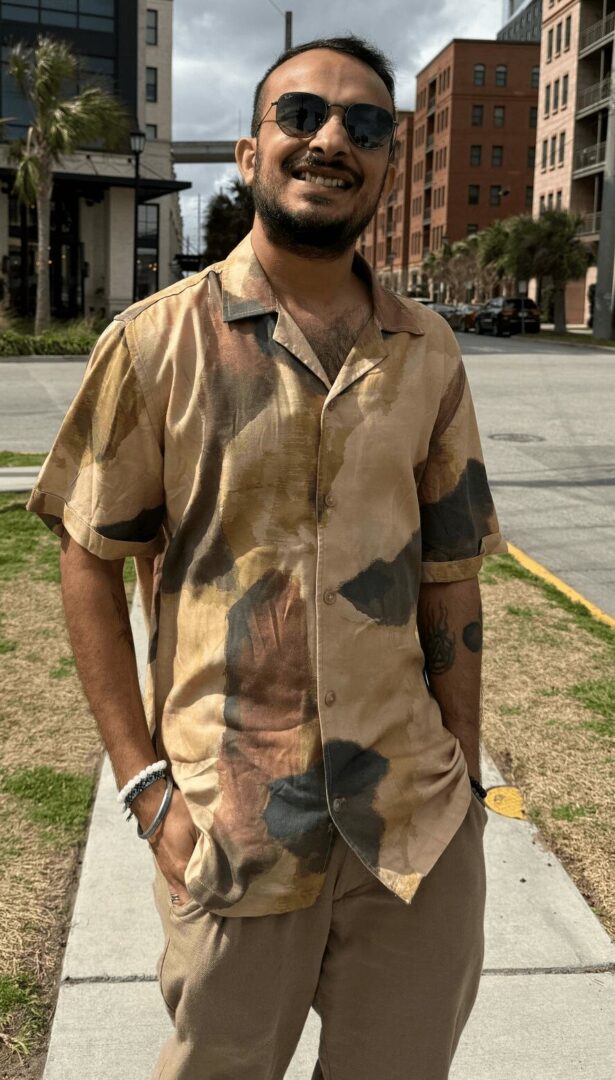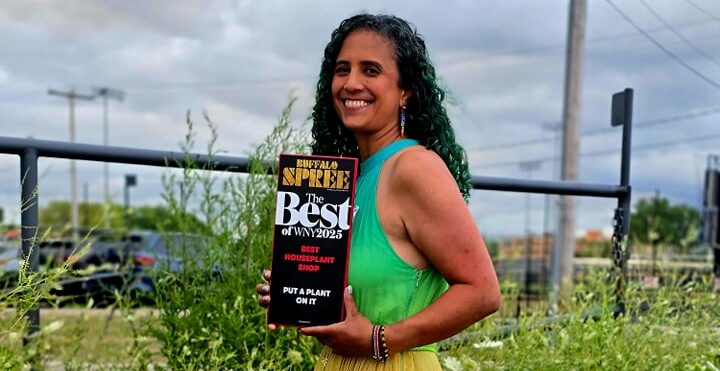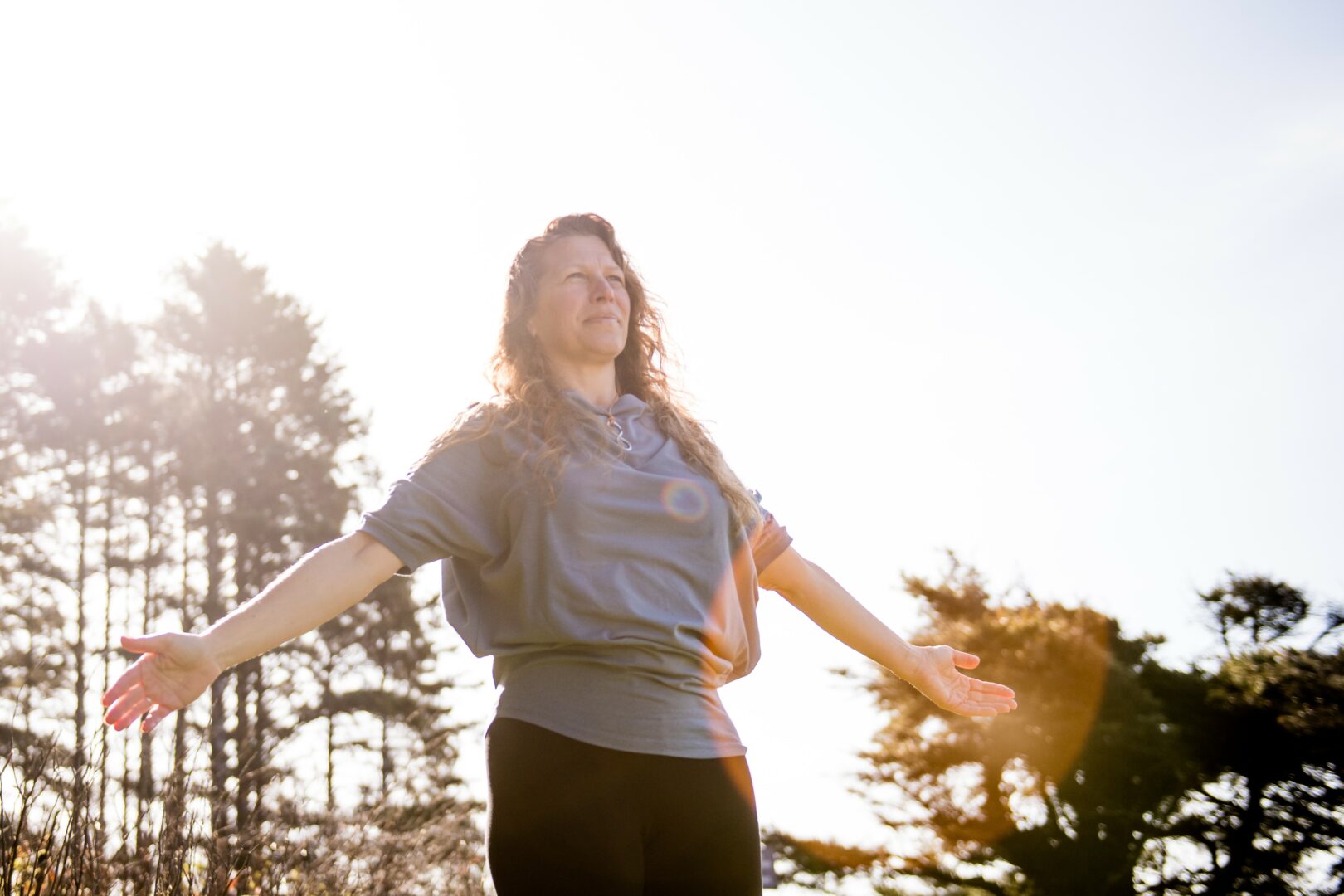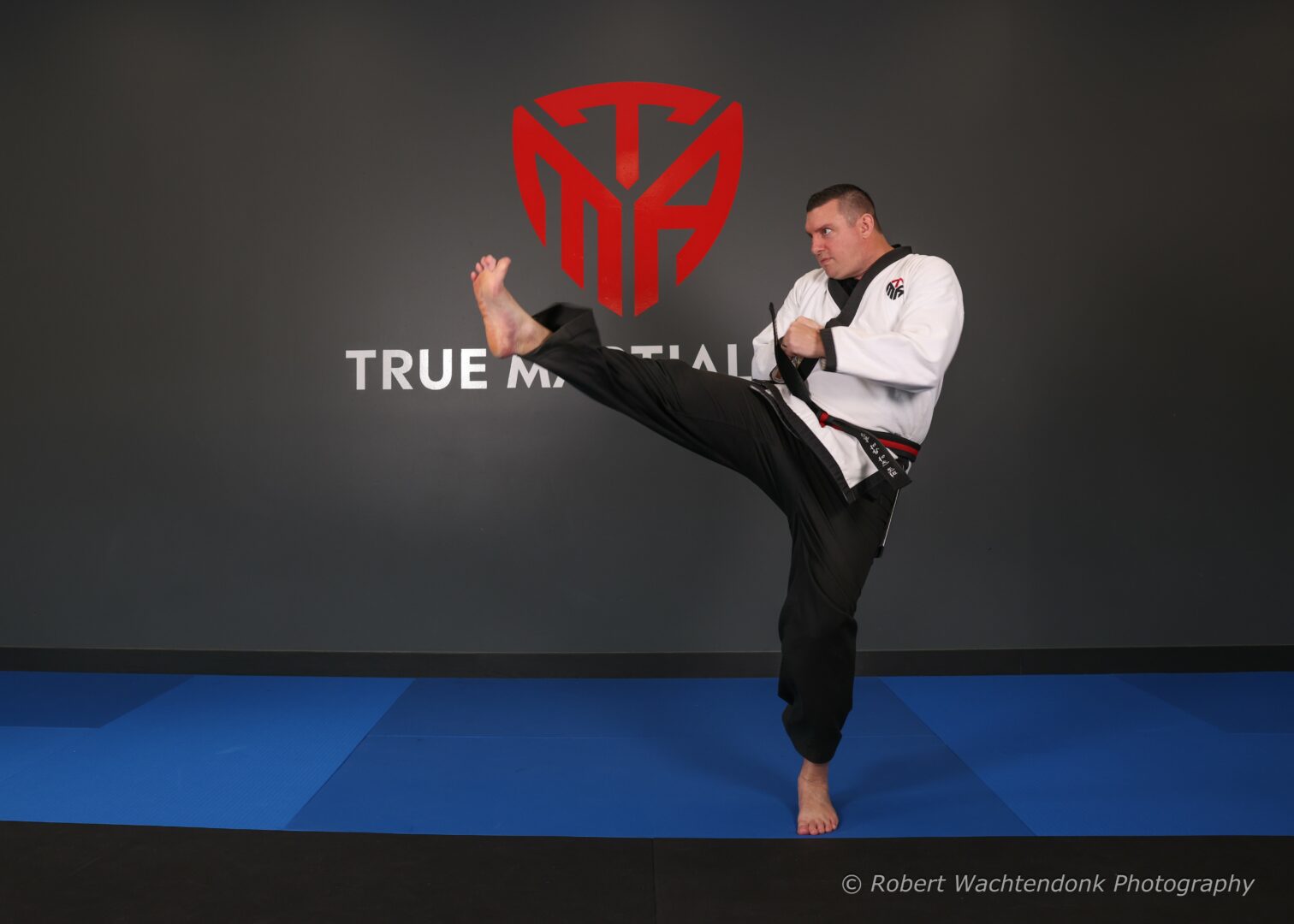We caught up with the brilliant and insightful Shamant Bagrecha a few weeks ago and have shared our conversation below.
Hi Shamant, thank you so much for opening up with us about some important, but sometimes personal topics. One that really matters to us is overcoming Imposter Syndrome because we’ve seen how so many people are held back in life because of this and so we’d really appreciate hearing about how you overcame Imposter Syndrome.
Art always comes from inspiration, whether it’s something you saw, an experience you had, or just an idea you want to bring to life in your own way. That perspective always made sense to me and helped me understand that even if my work is inspired by something, it’s still mine.
I’ve also noticed that the stuff I make tends to feel different from what’s out there. People have told me that when they see my work, they immediately know it’s mine. That made me realize that, even though I’m influenced by things around me, my art still has its own unique identity.
This really hit me while listening to NOISIA and other artists who seem to follow in their footsteps. It made me see that being inspired doesn’t make something less original—it just shapes it into something personal.
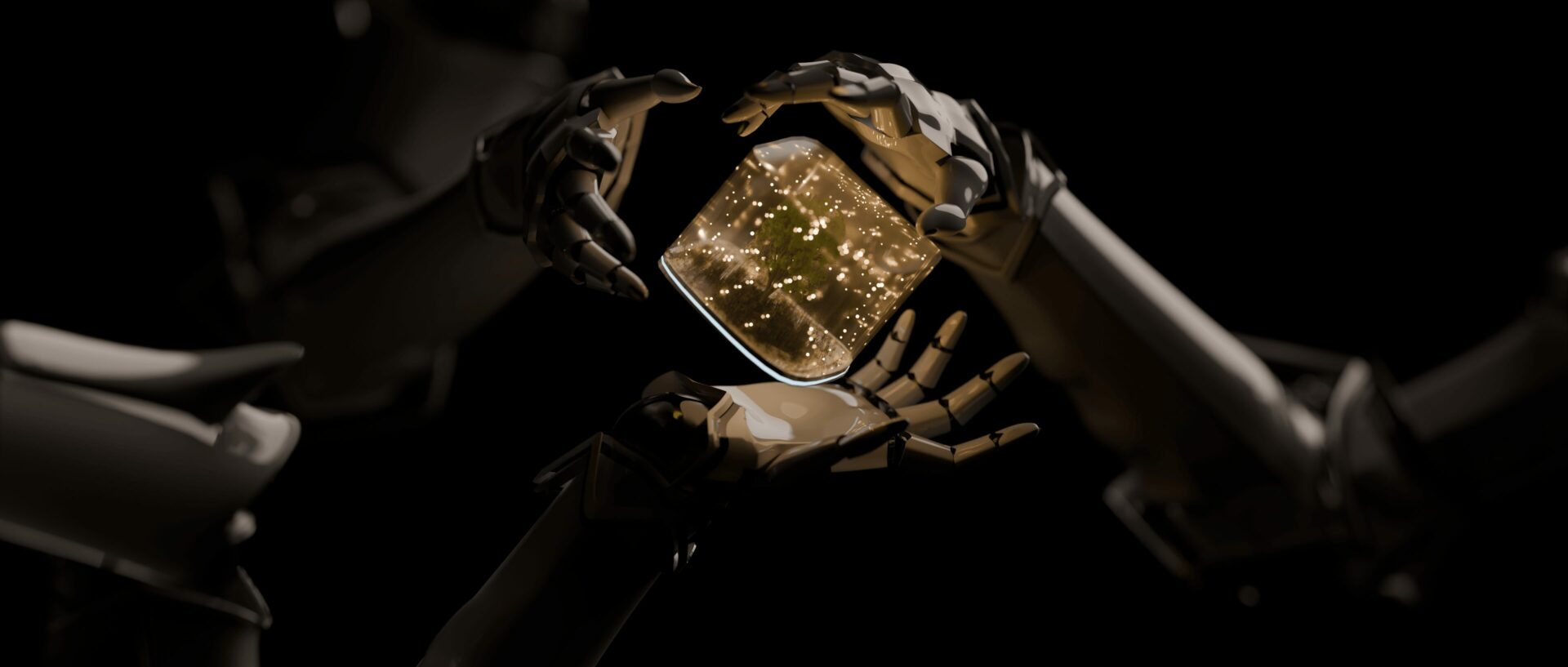
Appreciate the insights and wisdom. Before we dig deeper and ask you about the skills that matter and more, maybe you can tell our readers about yourself?
I’m a VFX generalist and motion designer with a deep love for storytelling through visuals—whether that’s in the form of a surreal short film, a stylized music video, or an atmospheric brand piece. I specialize in 3D and 2D animation, compositing, and motion graphics, and I work across a wide range of mediums including film, documentary, and digital content. My artistic voice leans into the strange, the dreamy, and the cinematic—often blending realism with the abstract to create experiences that feel immersive and emotionally charged.
What excites me most about this work is how limitless it feels. You’re not bound by physical reality—you can build entire worlds from scratch, and guide an audience through them in ways that challenge, comfort, or awaken something new. Every project is a chance to push both the tools and myself further. I also love the collaborative nature of this field—how every frame is touched by the energy of a team working in sync, with a shared vision.
A lot of my recent focus has been on expanding my practice into narrative storytelling. I’ve worked on several feature and short films—The Mill (Hulu, 2023), The Day That Shook Georgia (2024), and the upcoming That Old Black Magic (2025)—where I’ve taken on roles ranging from compositor to associate producer. These projects have helped me grow not just technically, but also as a storyteller and collaborator.
I’m also diving deeper into real-time engines and immersive media—especially Unreal Engine and TouchDesigner. The future of animation and filmmaking is heading into interactive, immersive territory, and I want to be right there helping shape how those stories are told.
Ultimately, my brand is about storytelling through motion—unusual, visually rich, emotionally resonant stories. Whether it’s for a client, a film, or just a looping piece of animation for Instagram, I want to make work that leaves a lasting impression.
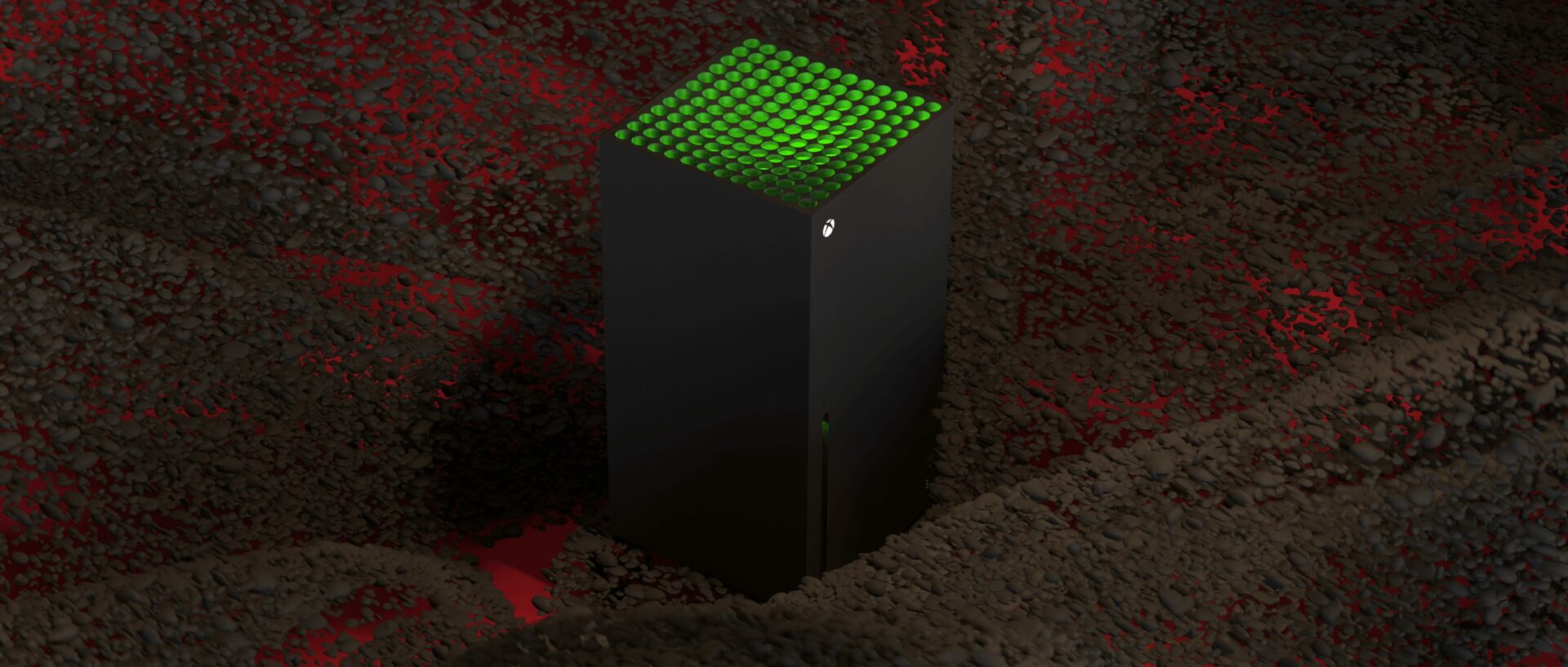
Looking back, what do you think were the three qualities, skills, or areas of knowledge that were most impactful in your journey? What advice do you have for folks who are early in their journey in terms of how they can best develop or improve on these?
Looking back, three qualities have been especially impactful in shaping my journey: curiosity, adaptability, and visual storytelling.
1. Curiosity
Curiosity has been my compass. I’ve always had a hunger to figure things out—whether that meant learning a new render engine, understanding how light works in a physical space, or reverse-engineering a shot from a movie I loved. That curiosity is what kept me learning outside of formal education, exploring new tools like Houdini or Unreal Engine just for the joy of it.
Advice: Follow your curiosity even when it leads somewhere strange. Don’t be afraid to experiment with tools that seem out of your depth—some of the most exciting growth comes from wandering into the unknown and figuring it out as you go.
2. Adaptability
This industry changes fast. Software updates, new workflows, shifts in client expectations—it’s constant. Being adaptable has helped me stay grounded during chaos, meet deadlines under pressure, and pivot when something didn’t go as planned. It’s not about knowing everything—it’s about staying open, staying calm, and learning quickly.
Advice: Treat change as a feature, not a bug. Be the person on the team who says “let’s figure it out” rather than “this isn’t what I expected.” That mindset will carry you far.
3. Visual Storytelling
No matter how flashy the tools get, at the heart of everything is storytelling. Whether you’re designing a five-second motion graphic or compositing a full VFX sequence, you’re guiding the audience through a visual moment. Learning how to build that emotional rhythm—through timing, composition, color, and atmosphere—has made my work more resonant and given me a voice as an artist.
Advice: Study stories. Break down your favorite scenes. Read about cinematography. Sketch thumbnails. The more you understand how stories feel, the more powerful your visuals will become.
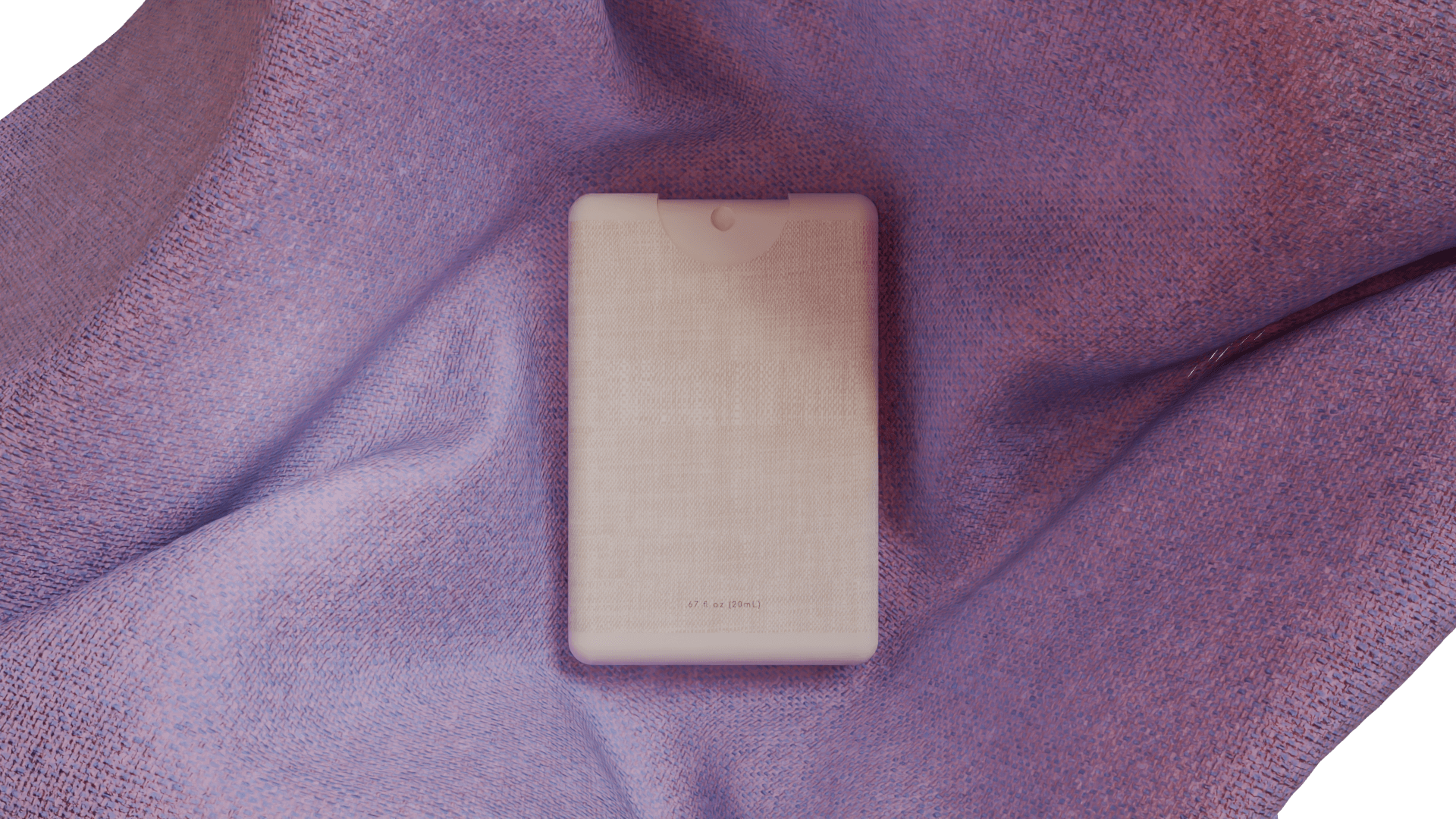
Okay, so before we go we always love to ask if you are looking for folks to partner or collaborate with?
Yes, I’m definitely open to collaboration—and always on the lookout for people and studios who are pushing the boundaries of design, animation, and storytelling.
I’d love the opportunity to collaborate with creatives and studios I deeply admire—like Xiaolin Zeng (Zaoeyo), whose poetic visual language and cinematic motion work have had a huge influence on me. I’m also incredibly inspired by the collective work coming out of Massive Assembly, where experimentation and high design sensibility come together in really exciting ways. And of course, Riot Games continues to set the bar for immersive world-building and stylized storytelling—collaborating with their team would be an absolute dream.
Beyond that, I’m always open to connecting with directors, showrunners, or producers who are looking for a title sequence designer or motion artist to help craft an unforgettable intro for their film, series, or digital project. I believe the opening title is more than just a credit roll—it’s a chance to set tone, build intrigue, and emotionally prepare the viewer for what’s to come. It’s a space where design and narrative can collide in a really memorable way.
If you’re reading this and have a project in mind—or just want to jam on ideas—feel free to reach out! You can contact me through my website at https://shamantbagrecha.design/contact, or connect via Instagram @thewonkyman.
Let’s make something strange and beautiful.
Contact Info:
- Website: https://shamantbagrecha.design/home
- Instagram: https://www.instagram.com/thewonkyman/?hl=en
- Linkedin: https://www.linkedin.com/in/shamantbagrecha/
- Youtube: https://www.youtube.com/@shamant1999
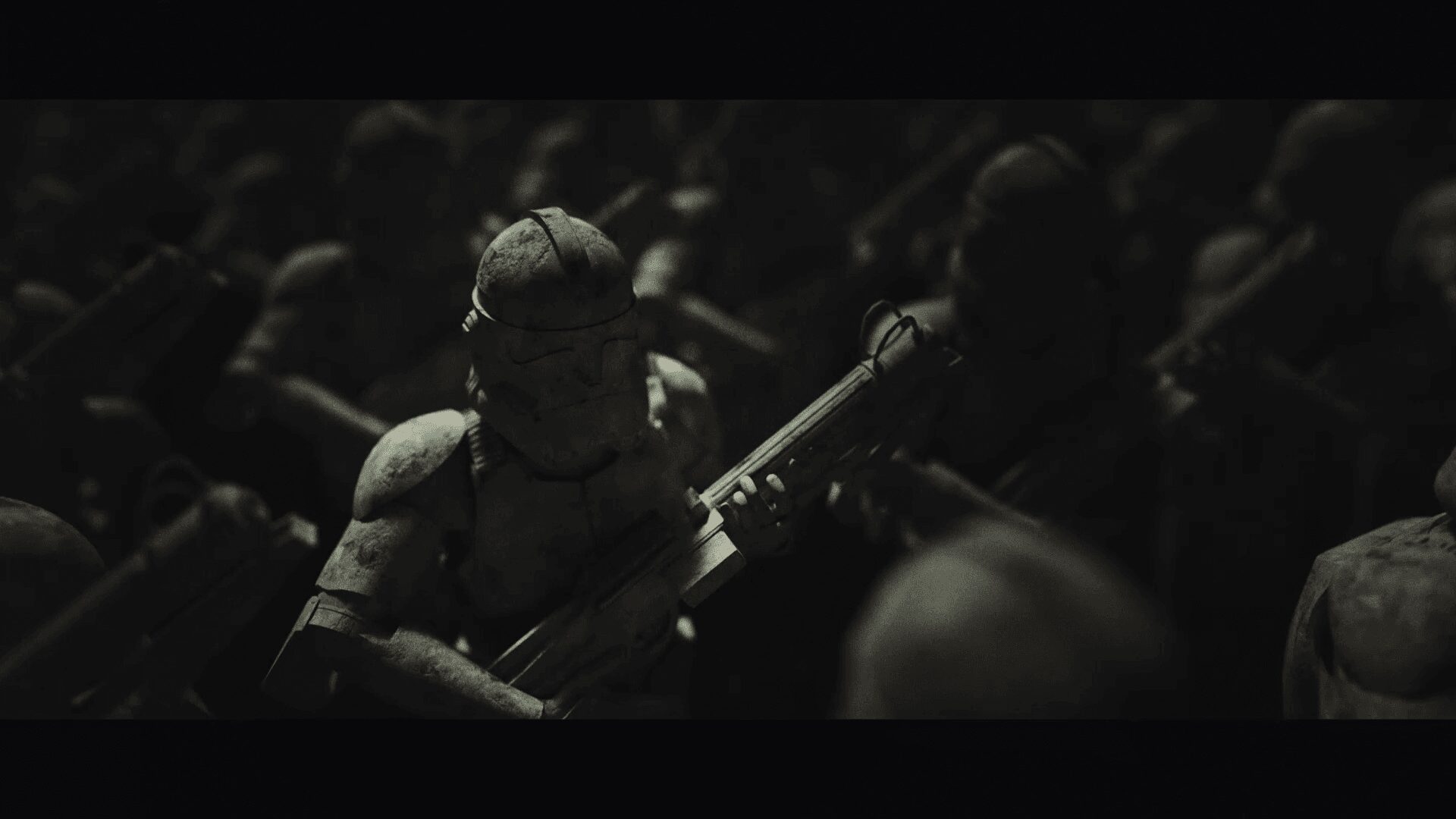
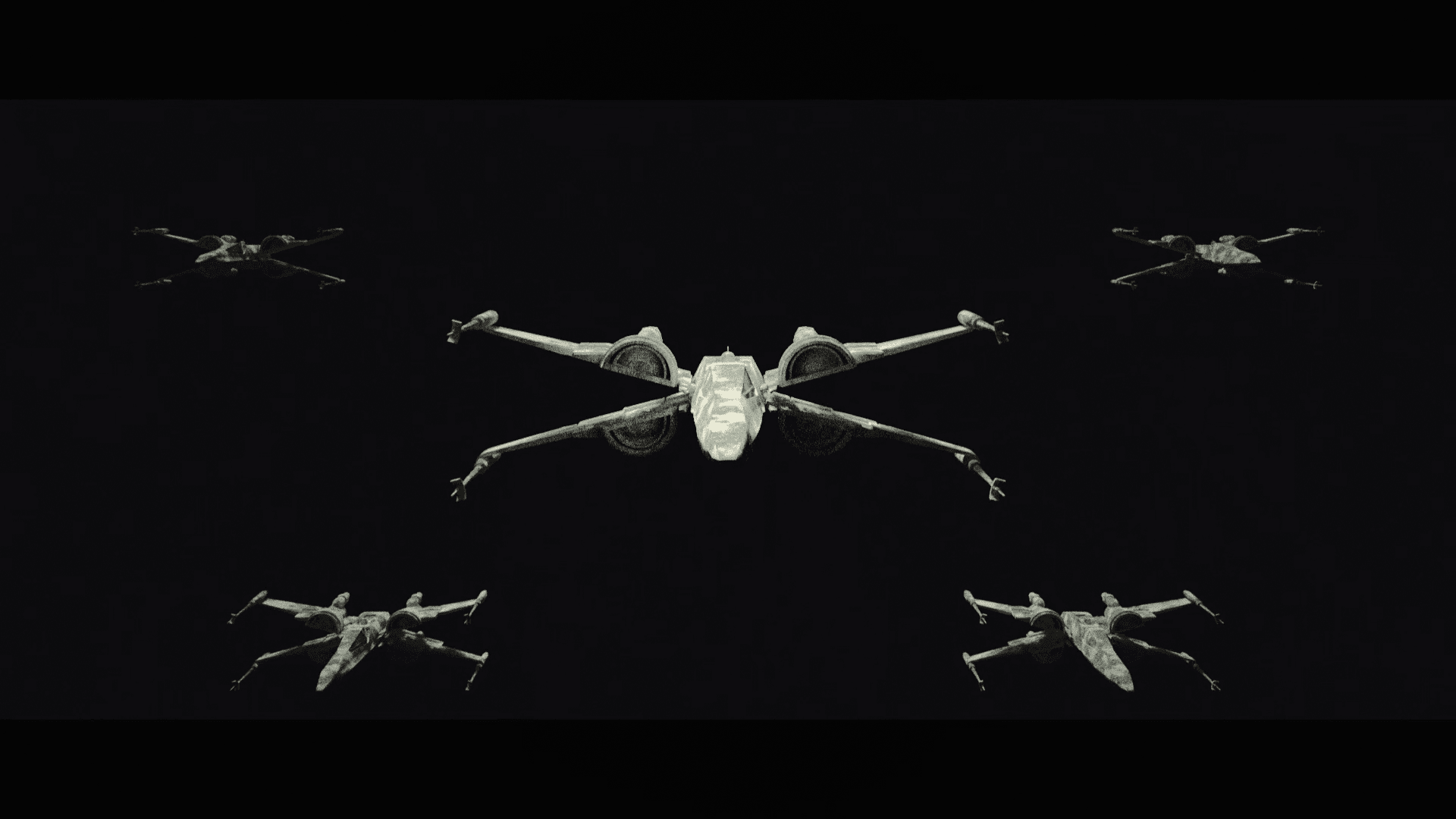
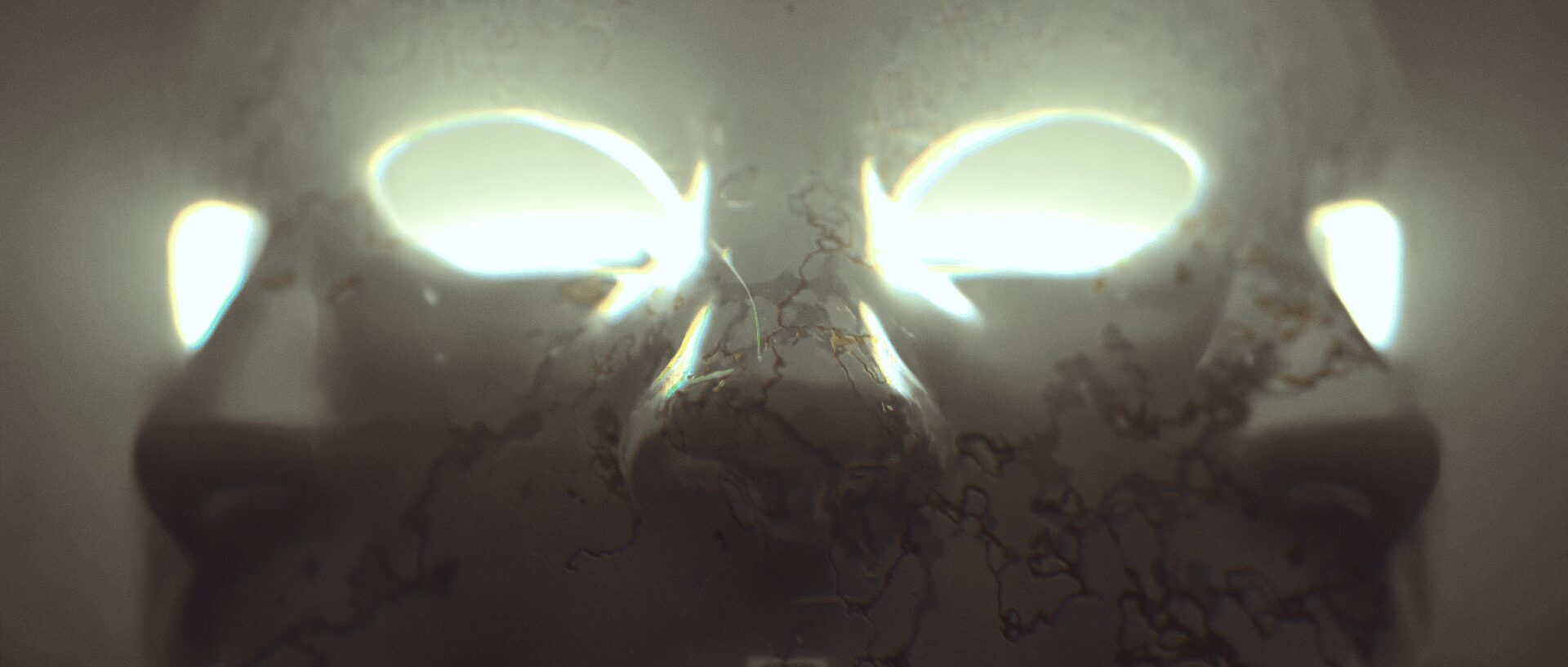
so if you or someone you know deserves recognition please let us know here.

